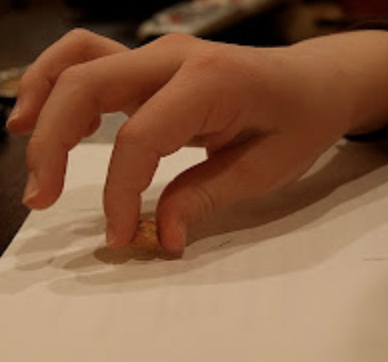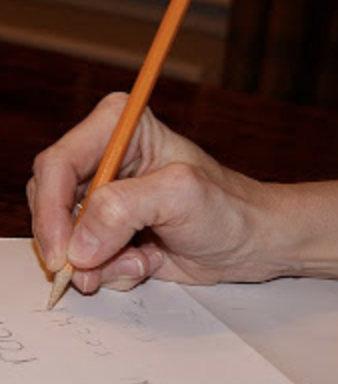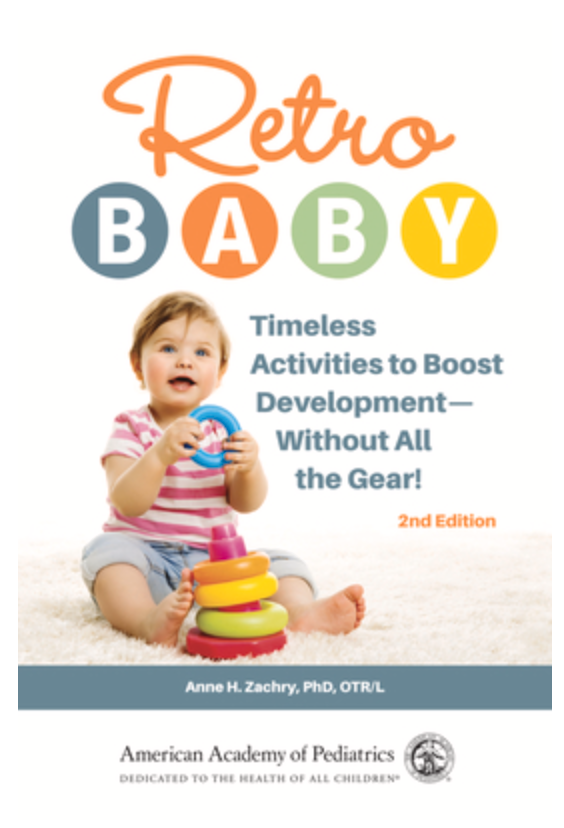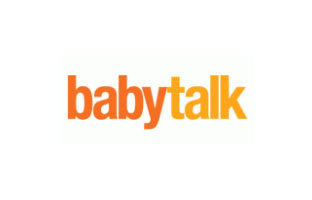Parents frequently ask me what their child needs to do to get ready for kindergarten. I like to share this list of 25 “readiness” skills that kindergarten teachers have told me are important for a child to be successful in the kindergarten classroom.
Kindergarten Readiness Checklist
1) Speaks in complete sentences
2) Listens without interrupting
3) Follows two-step directions
4) Begins to share with others
5) Is able to recognize authority
6) Understands concepts such as “top,” “bottom,” “big,” “little,” “more,” “less”
7) Able to follow basic rules
8) Recognizes rhyming words
9) Identifies some alphabet letters
10) Bathrooms independently
11) Button shirts, pants, coats, and zips up zippers
12) Can sort objects that are the same shape, color, or size
13) Recognizes and names at least 5 colors
14) Recognizes own first name in print
15) Recognizes letters in own first and last name
16) Begins to write some of the letters in own first name
17) Cuts with scissors
18) Trace basic shapes
19) Draws a line, circle, X and +
20) Works simple puzzles
21) Counts from 1 to 10 in correct order
22) Identifies the beginning sound of some words (C is for cat)
23) Runs, jumps, hops, throws, catches, and bounces a ball
24) Knows first and last name of parents
25) Adjust to new situations without parents being there
So get ready for kindergarten by practicing these skills with your preschooler and your little one will have a much smoother transition into school!











